Since I opened the doors to my shop in Nashville in January 1970, I have often been asked which instruments are the best investments. A complete discussion could fill a book, but the short, simple and safe answer is: Golden Era instruments. The term Golden Era hadn’t come into use yet in 1970, but we were already aware of a profound difference between the current new instruments and used instruments of certain periods. In fact, it has often been said that the new instruments of the late sixties and early seventies were of such poor quality that they were what created the demand for vintage guitars.
Thirty-eight years later, the quality of new guitars has greatly improved, but little has changed in the vintage market except the prices. The vintage market has boomed at times and stagnated at others, and economic, social and musical trends have changed dramatically over the years, but today’s collectors and musicians are still looking for the same vintage instruments they were looking for in 1970. With a few exceptions, these Golden Era instruments can be counted on to weather economic storms and to be as fulfilling as investments as they are musical instruments.
Here’s a quick rundown of the makers and their respective Golden Era guitars.
Martin flat tops from the late 1920s through 1939
Martin guitars made from the mid-1920s, when the company first started routinely bracing guitars for steel strings, through mid-1939, when they were still using “high-X” scalloped bracing, are considered by most players and musicians to be the finest Martin guitars ever made. By mid-1939, the company changed the positioning of the X-brace to the “low-X” design and went to narrower spacing at the nut and bridge saddle. It is my opinion that these guitars richly earned the distinction they have been given, although I personally prefer those made after late 1934, when the steel Tbar was first introduced in the neck and modern- style T-frets were introduced.
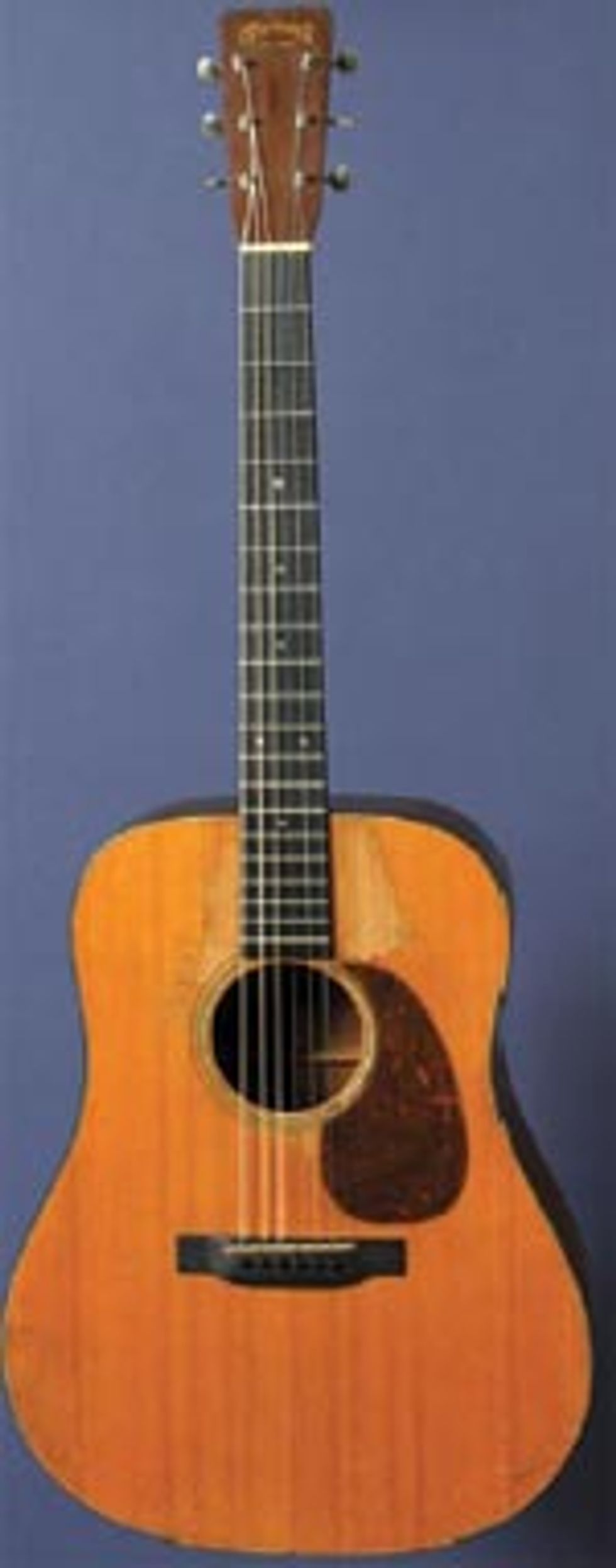 | 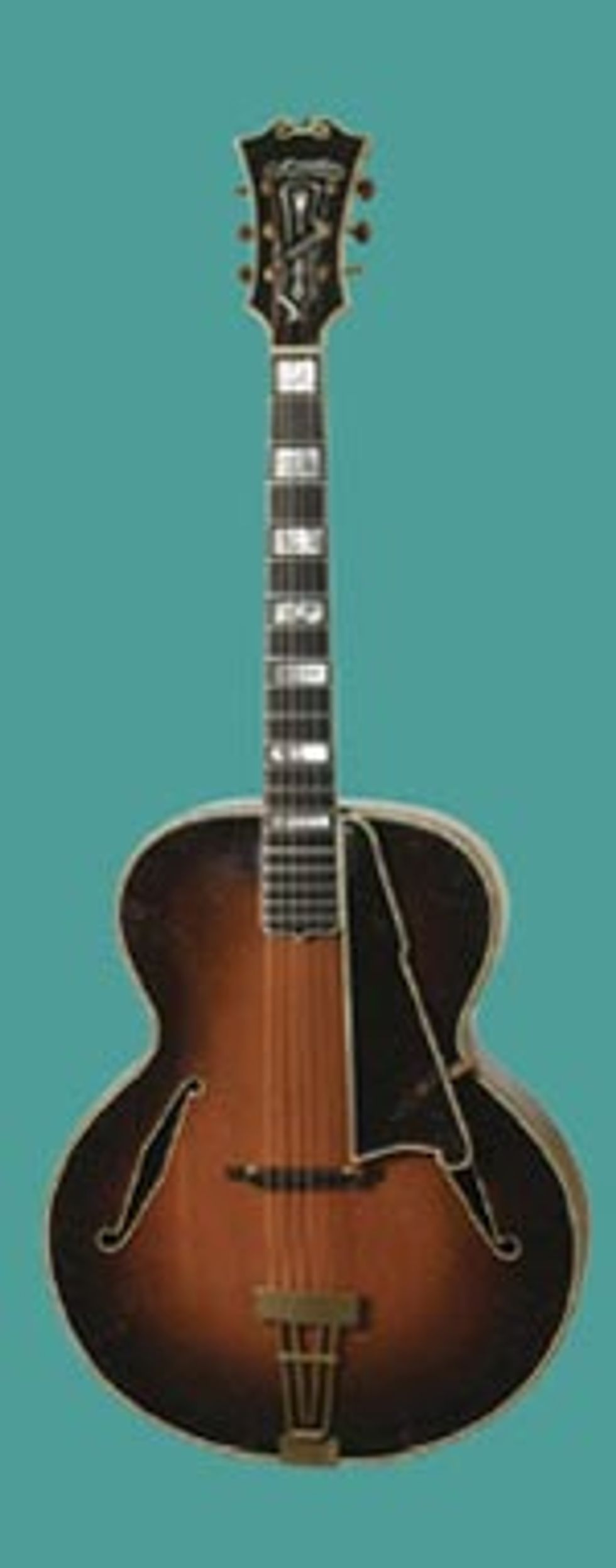 |
| 1937 Martin D-18 | 1936 D’Angelico Excel |
Gibson f-hole archtops, 1922-42
Early L-5s and L-10s, with 16-inch non-cutaway bodies, large V-shape neck contours and rather plain ornamentation, are fine guitars but they predate the full evolution of the archtop. Most collectors and players view the larger, more highly ornamented instruments from late 1934 through 1942 – such as the 17-inch L-5 and 18-inch Super 400 – as being the true Golden Era for Gibson archtops (although my personal favorite is the early 16-inch L-5). Gibson continued to make fine archtop guitars through the 1960s, and the postwar models are great modern jazz guitars, but I share the opinion of most collectors that the workmanship of the postwar models is not equivalent to the prewar instruments.
Epiphone archtops, 1931 through World War II
The Deluxe and Emperor in particular are widely regarded as being on par with equivalent Gibsons. Epi’s Golden Era is blurred somewhat by the fact that Epiphone did not offer cutaway models until after the war, and musicians typically prefer cutaways. Nevertheless, in my opinion, the Epiphones of the 1930s have superior tone and volume to the postwar instruments.
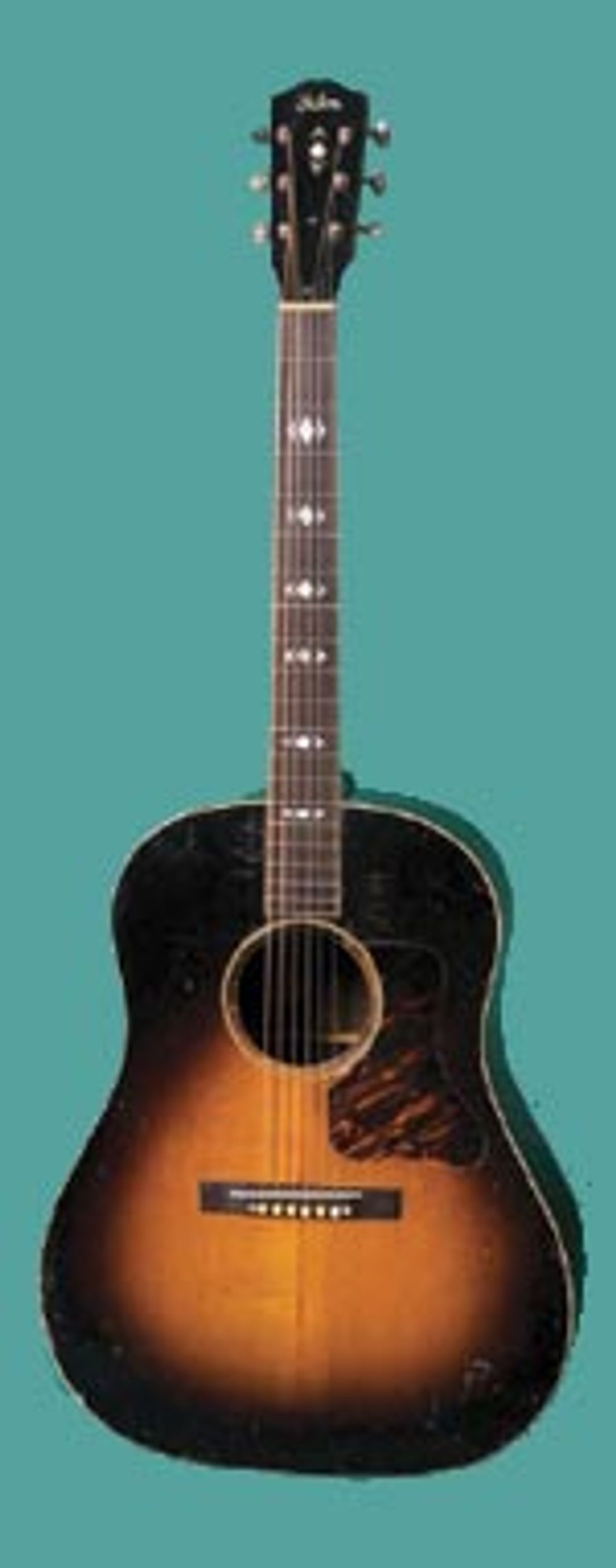 | 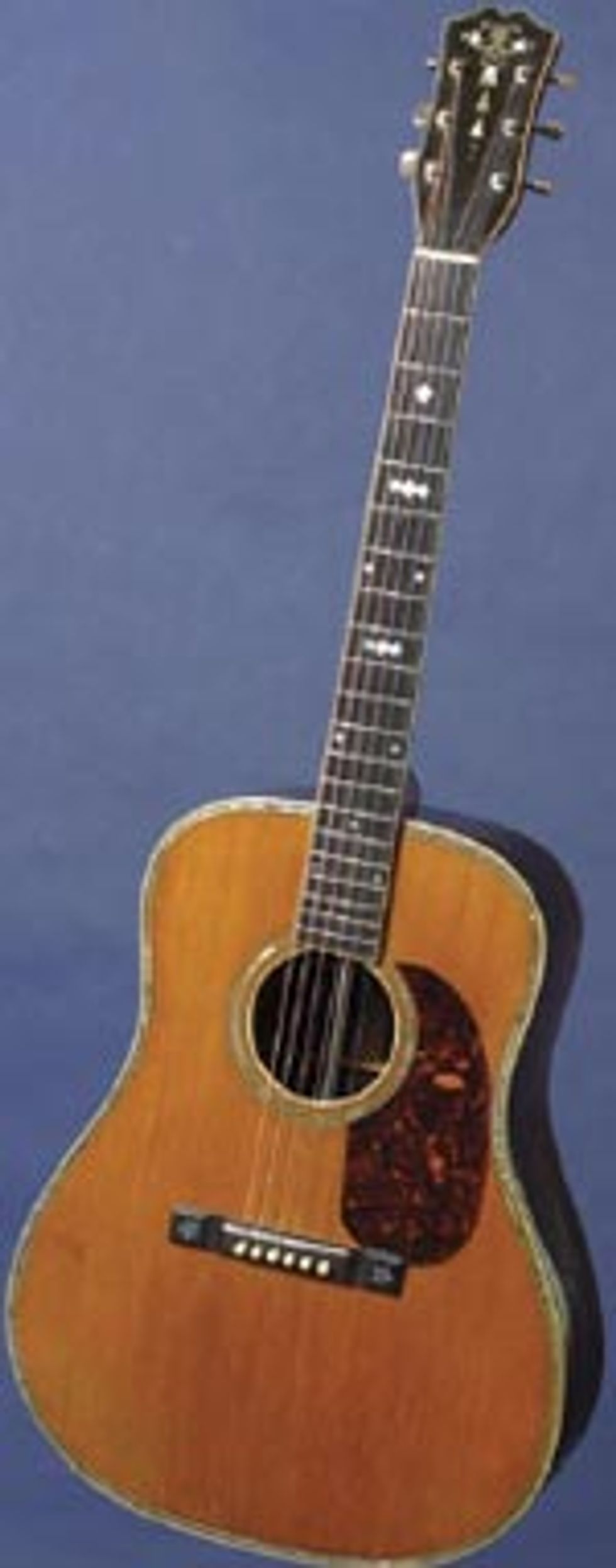 | 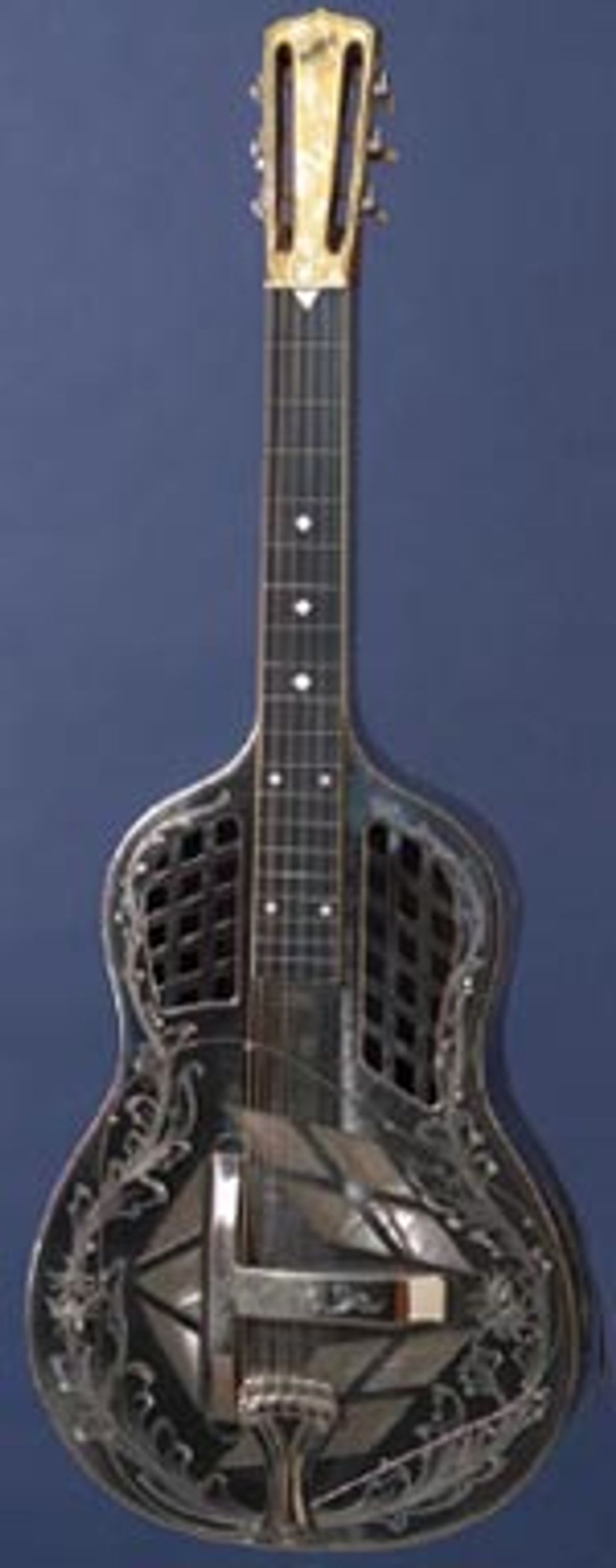 |
| 1939 Gibson Advanced Jumbo | Late 1930s Prairie State | Early 1930s National Style 4 |
John D’Angelico of New York and Charles and Elmer Stromberg of Boston began making archtop guitars during the early 1930s, and both shops were noted for their superb jazz instruments. Virtually all of D’Angelico’s nearly 1100 guitars (plus a few hundred mandolins) are collectible. Stromberg, on the other hand, took a few years to perfect his designs, and it was not until circa 1940 that Strombergs appeared with well-graduated carving, one-piece f-holes and one diagonal brace. Stromberg’s Master 400s and Master 300s of 1940-55 are among the most highly sought archtops.
Gibson flat tops, late 1920s to 1942
Gibson’s 1930s dreadnoughts, particularly the Advanced Jumbo, are highly sought and fine sounding instruments. Even the inexpensive (when new) L-00 models, which feature mahogany back and sides and relatively little ornamentation, are sought by collectors as well as musicians. In the 1960s, these vintage Gibsons did not have the notoriety that vintage Martins had already attained; however, in the past decade, Gibsons have achieved far more recognition and are now commanding prices nearly equivalent to Martins.
Larson Brothers
Carl and August Larson of Chicago made superb instruments from the turn of the century through the early 1940s. Their twoman operation produced an estimated 2500 instruments under such brand names as Stahl, Maurer, Euphonon, Prairie State, Wack, and Dyer, but we’ve never encountered an instrument with Larson on it. They were among the first to produce flat top guitars designed strictly for steel strings. Their instruments are distinctive in construction, appearance and sound, and in my opinion these are some of the most collectible pre-World War II flat tops other than Martin and Gibson.
National metalbody resonator guitars, late 1920s to late 1930s
National’s concept of a resonator guitar was an evolutionary dead end in the quest for a louder guitar, but the metalbody models are still highly sought for blues-oriented music. The woodbody Nationals do not have the same Golden Era status as the metal models.
What makes a Golden Era instrument?
If we look for a unifying theme, it becomes apparent that these instruments are not only superbly made, but they are not copies of instruments that came before them. They introduced innovative design concepts so that they were effectively not competing with any used instruments of the day. Moreover, these innovations brought their designs to perfection. One element of the safety of an investment in a Golden Era instrument is the fact that it is not likely to be replaced by a new design. Virtually all of the significant acoustic guitar designs that are popular today have been in place since the mid-1930s. While I certainly do not rule out the possibility that a modern maker could come up with a major, innovative new design, with the possible exception of a truly great sounding acousticelectric, there is no obvious need to be filled, such as the need for a louder guitar in the days of the big bands.
Golden Era guitars are also considered to be of higher quality than even the most accurate new reissues. While the level of craftsmanship may be better today in some cases, the materials – in particular old-growth, air-dried wood – are not available. In addition, fewmakers today use hide glue, and the lacquer formulas available today are quite different from those of the 1920s through the 1960s. Consequently, in the years since Martin’s Golden Era, hundreds of companies and individual luthiers have made guitars modeled on a 1937 D-28, but no copy or reissue of a Martin has ever been viewed as being truly equal to the originals of the 1930s.
As with any investment, there are no guarantees, but the Golden Era instruments have proven over the past three-plus decades to be the “blue chips” of the vintage guitar market, with steadier growth and fewer “corrections” than the stock market.
George Gruhn
has been dealing vintage guitars since the 1960s. Gruhn’s Guide to Vintage Guitars (co-written with Walter Carter) is the “bible” for vintage collectors. Visit gruhn.com or email gruhn@gruhn.com.














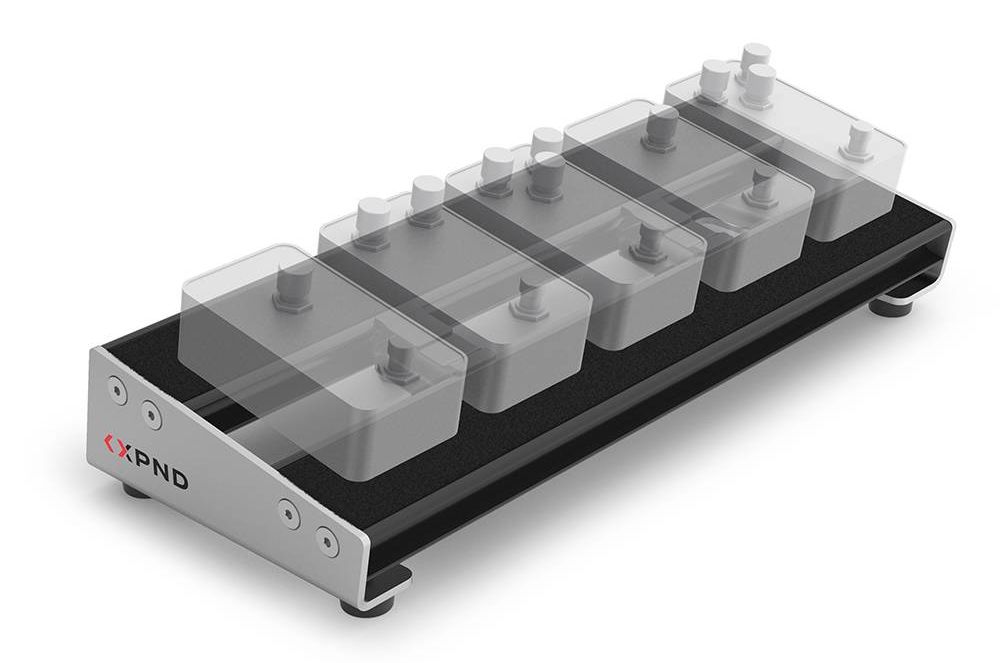
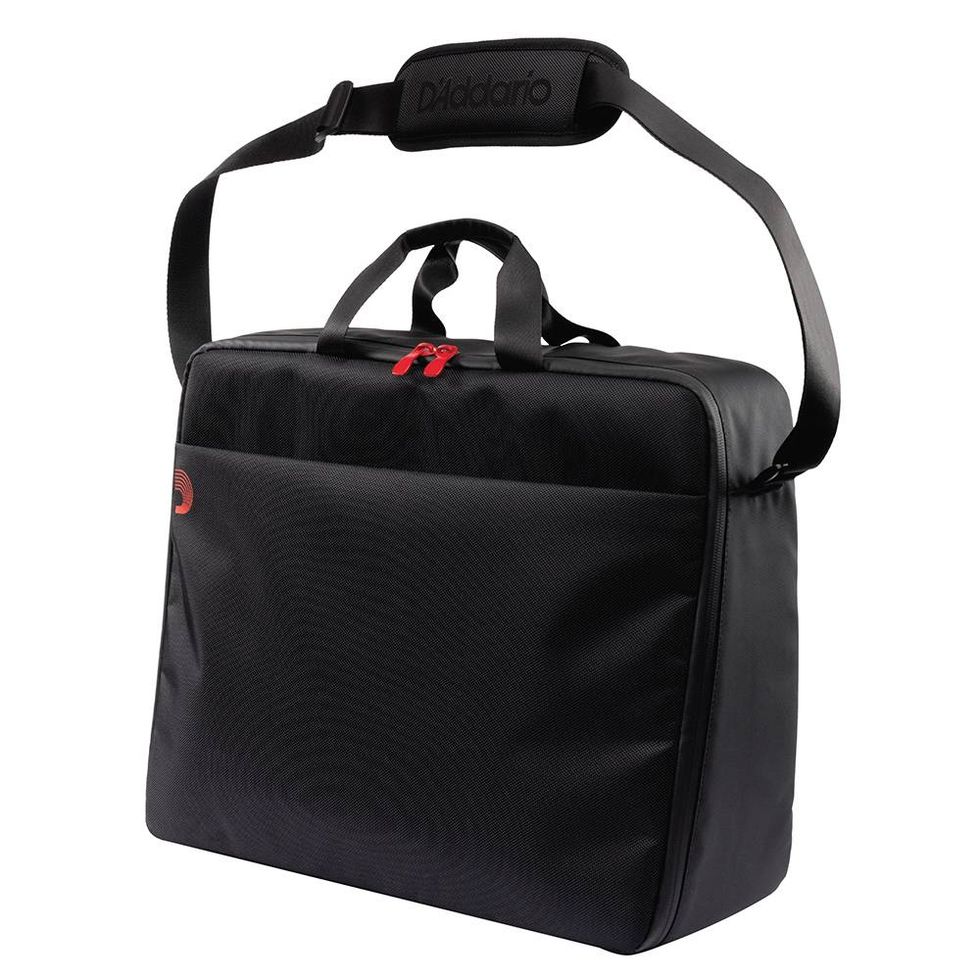

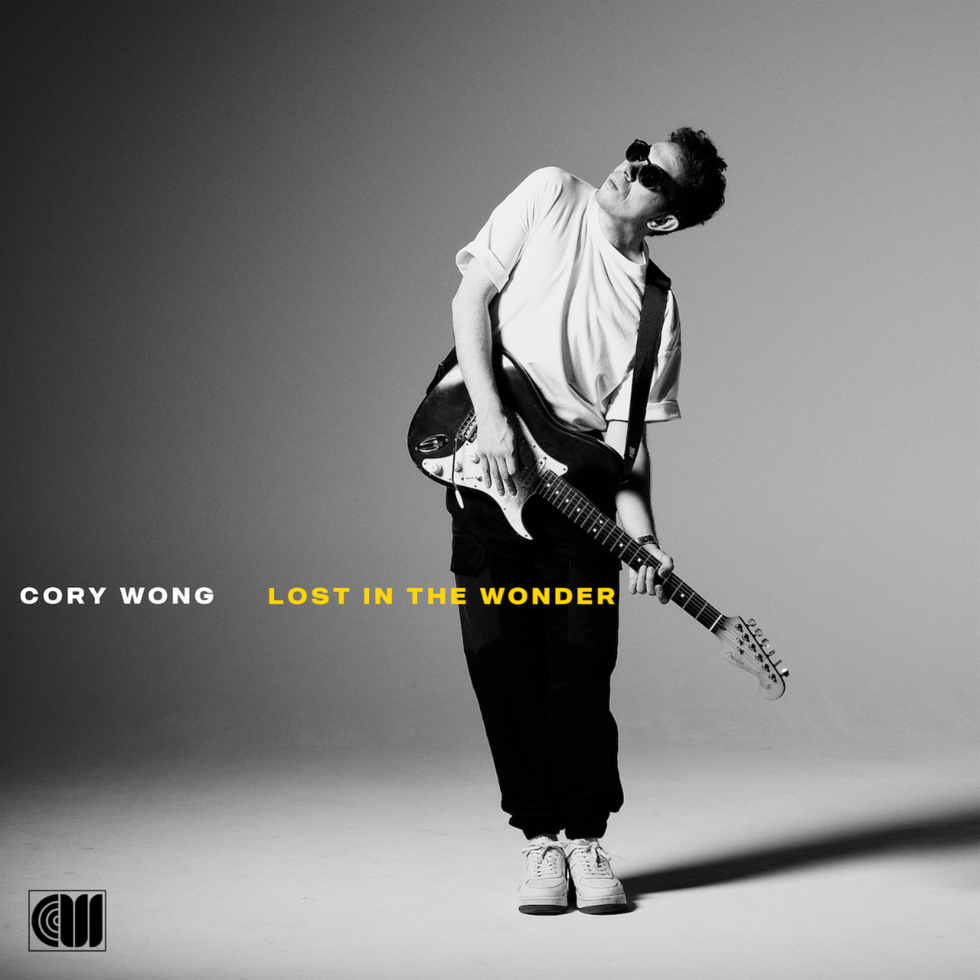

![Rig Rundown: Russian Circles’ Mike Sullivan [2025]](https://www.premierguitar.com/media-library/youtube.jpg?id=62303631&width=1245&height=700&quality=70&coordinates=0%2C0%2C0%2C0)






